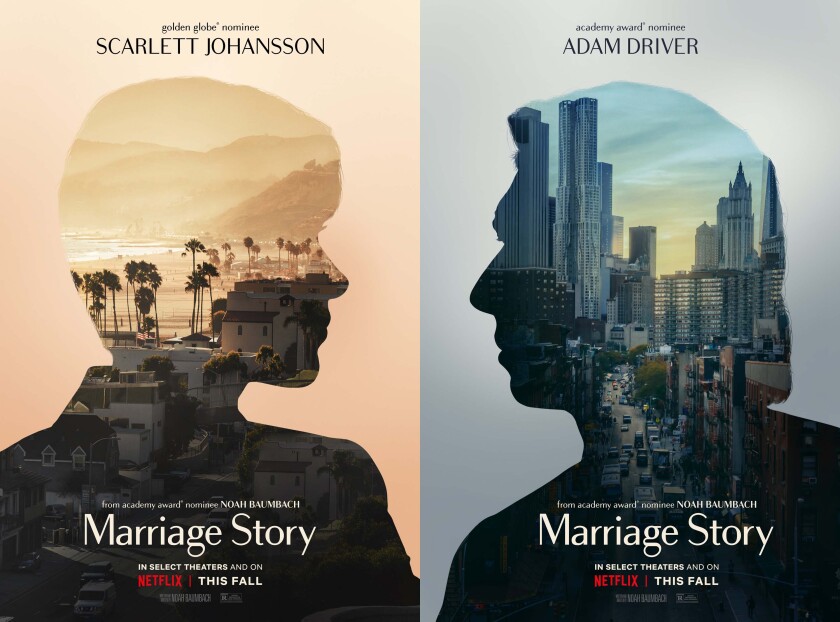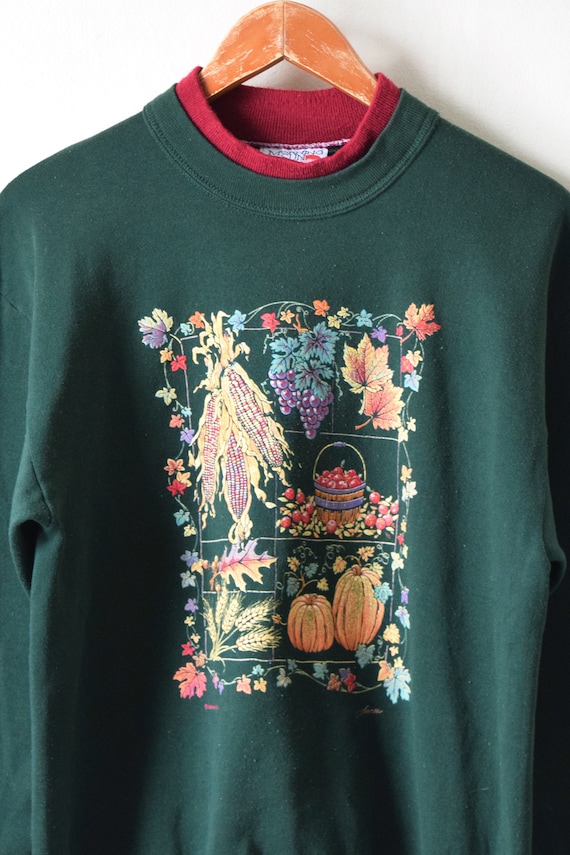The film promotion package for Suburbia seeks to convey a story about a suburban girl who decides that she is fed up and to run away from home. It does so through a character-focused and a plotline-focused trailer, that attempts to develop the main character's personality and give an overview of the plot, respectively.
The two most important aspects of the production, from the perspective of marketing, were that it was a coming-of-age film and that it was a drama. While the idea was inspired and guided by my own experiences as a suburban teen, most of my research revolved around Marriage Story, a drama, and Big Time Adolescence, a coming-of-age movie. My research also included trends about social media analytics in order to effectively break conventions. Conventions noted from Marriage Story, which I chose due to its relatively mundane topic, were intimate shots and voiceovers. Big Time Adolescence showed a variety of visually interesting shots and the use of a specific color “look” to the film. The Suburbia trailers incorporate these elements.
Due to limitations placed on the production due to the COVID-19 pandemic, what started out as an interpersonal drama had to be cut down to a more character-study-esque film. This involves a lack of interaction with other characters, which is characteristic of dramas. However, the nature of running away and being on one’s own helps cover this up slightly.
Suburbia is marketed as an independent coming-of-age drama film, and thus targets older teenagers and young adults, within the 16-35 age bracket. This is due to the more relatable nature of the topic. While the intended audience includes both men and women, I do acknowledge that it would attract more female viewers due to the gender of the lead as well as the genre.
The film promotion package is meant to create a brand that comes off as modern-day “indie,” which is developed through the costuming in the trailer, the obvious use of color grading, as well as the ostentatious use of color, particularly blue in the case of Suburbia, on the social media page and the movie poster. Instagram is the official social media page of the film, and its grid appearance is meant to mirror one of a typical alternative account, not just limited to film promotion accounts (for this project I used @cagedpixi on Instagram as one of my inspirations). These accounts have a cohesive look throughout every single post, which was carried out through the posts on the social media page.
The social media page admittedly breaks quite a few conventions, with the main ones I stuck to being the uploading of stills and of the trailers. However, films typically do not receive their own social media pages and are instead promoted through the social media page of the online distributor. As inspiration, I looked at Marriage Story’s Instagram, however it was mainly used as a promotional tool after the release of the film at festivals and promoted its accolades as a draw for audiences. With a lack of accolades and a festival debut, I approached the social media page as a method to achieve virality.
Attempting to go viral is the main method of marketing through the social media page. This meant creating posts that while not entirely related to the film, still had something to do with it while presenting it in a shareable, repostable manner. Engagement with these posts promotes the account as a whole. While I think the social media page works as a marketing tool, I do not think it’s as effective as it could have been in conjunction with how the film looks to create a cohesive brand.
The movie poster was created to closely mirror the aesthetic of the social media page as to continue with the consistency, as well as due to technical skill limitations. The composition of the poster was inspired by Marriage Story which had a pair of posters, one with each of the pain characters facing in the opposite directions. While the original plan was to have a pair of posters, weather conditions did not allow for a second set of pictures to be taken, so only a suburban version was taken and we were unable to take an “urban” one.
The movie poster encourages people to buy tickets to an online screening on the film’s website. This is directly inspired by A24’s production Minari. The coronavirus pandemic has irreparably changed film distribution and watching trends, and thus, creators must follow suit. A24 offered screenings in a virtual cinema, which is what Suburbia will do. Limited screenings at local theaters will not have the same effect as it had in the past. Due to its status as an independent film, Suburbia also does not have access to streaming platforms more established production companies do. However, due to the trend started by A24, these online screenings appear to be “indie” and fit in perfectly with the branding while also not cheapening the film by having its sole way to stream be on YouTube.
The film promotion project mainly focuses on a singular character: Nicole Benton. As a result, all representation is through her. While diversity would’ve been nice, particularly in an indie film that tends to attract more young and socially aware audiences, the use of a white character was intentional. Suburbs are the result of white flight and it would be disingenuous and inaccurate to the story I wanted to tell to use an actress of a different race. Also due to a lack of access to actors due to the coronavirus, Martina (who plays Nicole) was the person with the most availability, so it was an easy decision. The trailers represent suburban white teenagers as pretentious, bored with normal life, and reckless. And this is exactly the image I wanted to create. While not a pleasant one, I wanted to represent the lack of preparedness suburban teenagers have when it comes to facing “the real world,” as that is the moral of the movie.




































